Queen Mary's Hospital
Frognal Avenue, Sidcup, Kent DA14 6LT
Medical dates:
Medical character:
1917 - current
Specialist (military). Later, general.
The need for a specialist unit to deal with maxillofacial injuries became apparent in 1915 as the number of military casualties in the first year of WW1 threatened to overwhelm existing facilities in France and at Aldershot.
Mr. Charles Kenerdine, one of the original founders of the Queen Mary Convalescent Auxiliary Hospital, Roehampton, suggested that such a specialist hospital be established at Frognal, Foot's Cray, Kent.
Frognal House and its grounds were purchased by the government and the Queen's Auxiliary Hospital opened in August 1917, having been built in five months. It had 300 beds based in wooden huts - 15 for officers and 285 for other ranks.
The Hospital became the central military hospital for reconstructive surgery following facial and jaw injuries, not only for the United Kingdom, but for all the Imperial Expeditionary Forces. Separate units were established for Canadians, Australians and New Zealanders, with their own Medical Officers and staff. The bed complement was soon increased to 562, then 650. Six auxiliary hospitals became affiliated to it, providing an additional 450 beds. (These were Parkwood in Swanley, Oakley in Bromley Common, Abbey Lodge and The Gorse in Chislehurst, and Southwood in Bickley.)
Queen Mary, who had taken an interest in the Hospital at the very beginning, visited it in November 1917. In 1918 Queen Alexandra visited in April and the Duke of Connaught in June.
For those patients who could take advantage of them, instructional workshops and commercial classes were set up, as well as a poultry farm. A large number of patients also took lessons in foreign languages.
Under the direction of Sir Harold Gillies (1882-1960), the Hospital acquired an international reputation, especially for plastic surgery. Four teams of American surgeons and dentists were attached to the Hospital for specialist training not available elsewhere.
By 1920 the number of patients with maxillofacial injuries had fallen. General medical cases began to be admitted and the Hospital passed from War Office control to the Ministry of Pensions. Up to the end of June 1921 some 11,752 major maxillo-facial operations had been performed.
Close links were maintained between the Hospital and Queen Mary's Roehampton until 1929, when the Queen's Hospital in Sidcup closed; the remaining in-patients were transferred to Roehampton. The Hospital buildings were sold to the LCC in 1930 and were re-opened as a general hospital and as accommodation for male convalescent patients. Queen Mary presided over the official opening, and it was renamed Queen Mary's Hospital.
During WW2 the Hospital was damaged by bombs; in 1941 three wards were hit, and 17 patients and 4 members of staff killed. However, the Hospital continued to function, dealing with most categories of medical and surgical cases.
In 1948 it joined the NHS, under the control of the Sidcup and Swanley Hospital Management Committe, part of the South East Metropolitan Regional Hospital Board. It become the main hospital for the Sidcup and Chislehurst area with about 300 beds in hutted wards, a Casualty department, operating theatres and other services.
In 1959 the Ministry of Health decided that a new hospital should be built (the prefabricated wooden huts from 1917 had only been intended to last for ten years). Building work began in 1962. In the first phase, residences for 150 medical and nursing staff and a new School of Nursing were opened in 1965. In 1966 a new Maternity Unit with 56 beds and a Special Baby Care Unit with 14 cots opened, bringing the total number of beds to 365. The final phase of rebuilding began in 1969 to bring the bed total to 644.
The new Hospital received its first in-patient in 1974. In the same year, following a major reorganisation of the NHS, the Hospital came under the control of the Bexley District Health Authority, part of the South East Thames Regional Health Authority.
In 1993, with the introduction of the 'marketplace' system in the NHS, it was managed by the Queen Mary's Sidcup NHS Trust.
| Present status (October 2008) There is very little to see of the original hutted Hospital, just a few bricks of a building, otherwise heathland and woodland have reclaimed the land. The Grade II* listed Georgian mansion Frognal House became a apartment block for senior citizens capable of 'independent living' in 1999. In 2008 the Accident & Emergency Department was threatened with closure. Among the proposals are that acute services - emergency surgical and medical admissions, maternity and children's wards, would move to the Princess Royal University Hospital at Locksbottom, Bromley, or to the Queen Elizabeth Hospital in Woolwich. UPDATE: January 2016 In September 2010 the Accident & Emergency and maternity departments closed temporarily due to shortage of medical staff. By 2012 the Hospital, now under the care of the South London Healthcare NHS Trust, was in financial difficulties and there were talks of closure. It transferred to the control of Oxleas NHS Foundation Trust on 1st October 2013 and is now a 'community-facing' hospital (it is unclear what this means, but it will provide mainly out-patient care and Day Surgery). Services are provided by various NHS Trusts and independent healthcare providers. There is a Urgent Care Centre. In August 2015 the vacated Kent Women's Wing was badly damaged by a fire. A man was arrested on suspicion of arson. The site of the Wing had been sold in 2013 to Anchor for redevelopment as a care home and sheltered accommodation. A Cancer Centre is due to open in 2016. |
|---|
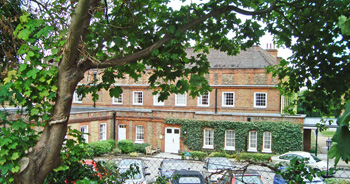
Frognal House, as seen from the west, is now a gated retirement complex.
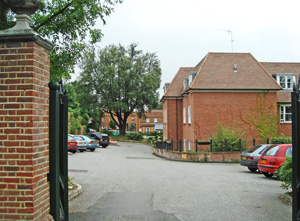
The entrance to Frognal House is on the south side. More buildings have been added to the site.
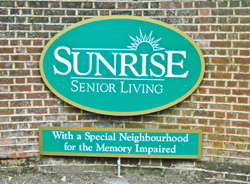
Frognal House, owned by the American firm Sunshine Senior Living, can accommodate up to 140 residents.
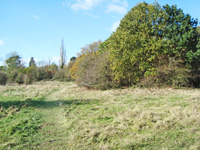
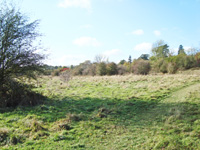
Nature has reclaimed the site of the original Queen Mary's Hospital (above and below).
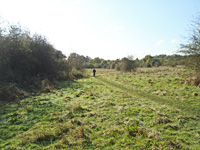
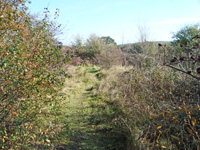
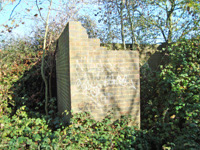
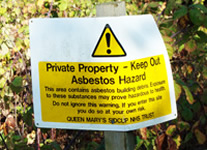
All that remains of man's presence is a brick ruin covered with graffiti and a warning sign about asbestos deposits left from demolition of the prefabricated huts.
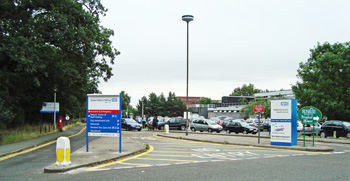
The driveway from Chislehurst Road to 'Queen Mary's Sidcup'. In the modern vernacular, the word 'Hospital' is omitted.
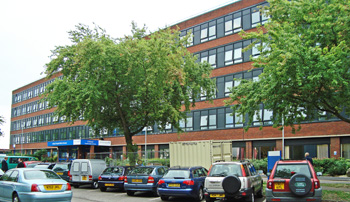
The main block containing the entrance.
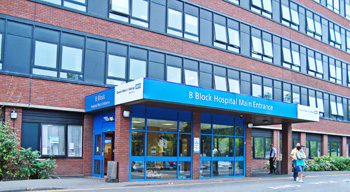
The entrance to Queen Mary's Sidcup.
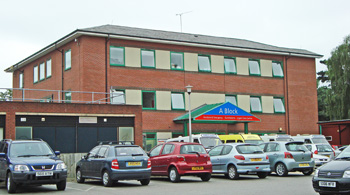
The Accident & Emergency block and Out-Patients Department.
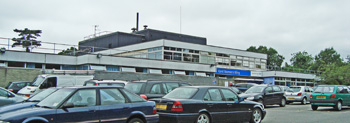
The Kent Women's Wing at the west of the site.
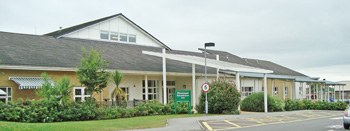
The Elmstead Rehabilitation Unit.
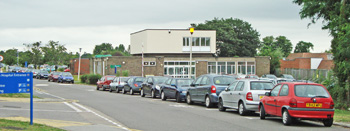
The Frognal Centre on the east of the site is a purpose built building for medical education which opened in 1986.
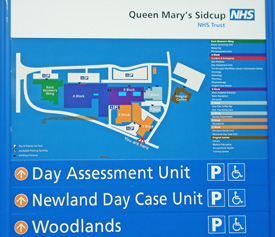
The site map.
References (Accessed 30th January 2016)
(Author unstated) 1921 The Hospital World. British Journal of Nursing, 19th November, 320.
Smith M, Sakula A 1994 Hospital Names. London, RSM Press.
http://qmh.oxleas.nhs.uk
https://investik8.wordpress.com
https://petition.parliament.uk
www.bexleyccg.nhs.uk
www.bbc.co.uk (1)
www.bbc.co.uk (2)
www.bbc.co.uk (3)
www.bbc.co.uk (4)
www.bbc.co.uk (5)
www.bexley.gov.uk
www.dailymail.co.uk
www.lmc.org.uk
www.mirror.co.uk
www.newsshopper.co.uk (1)
www.newsshopper.co.uk (2)
www.qms.nhs.uk
www.standard.co.uk